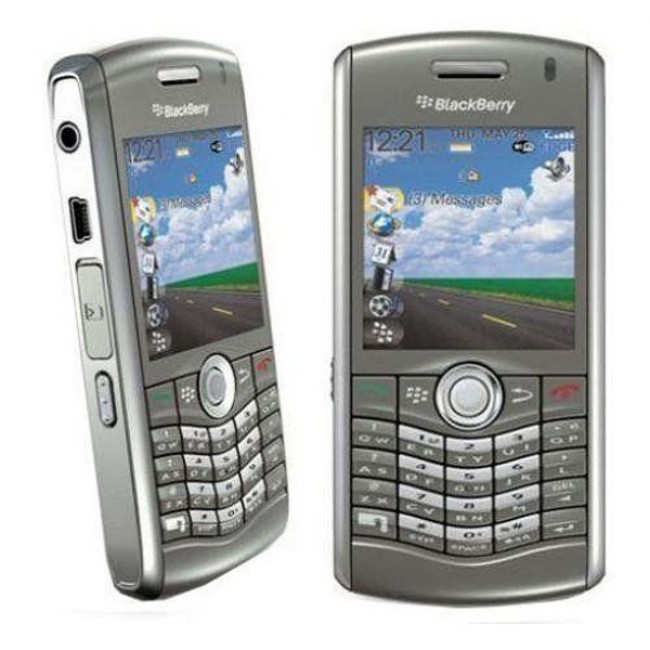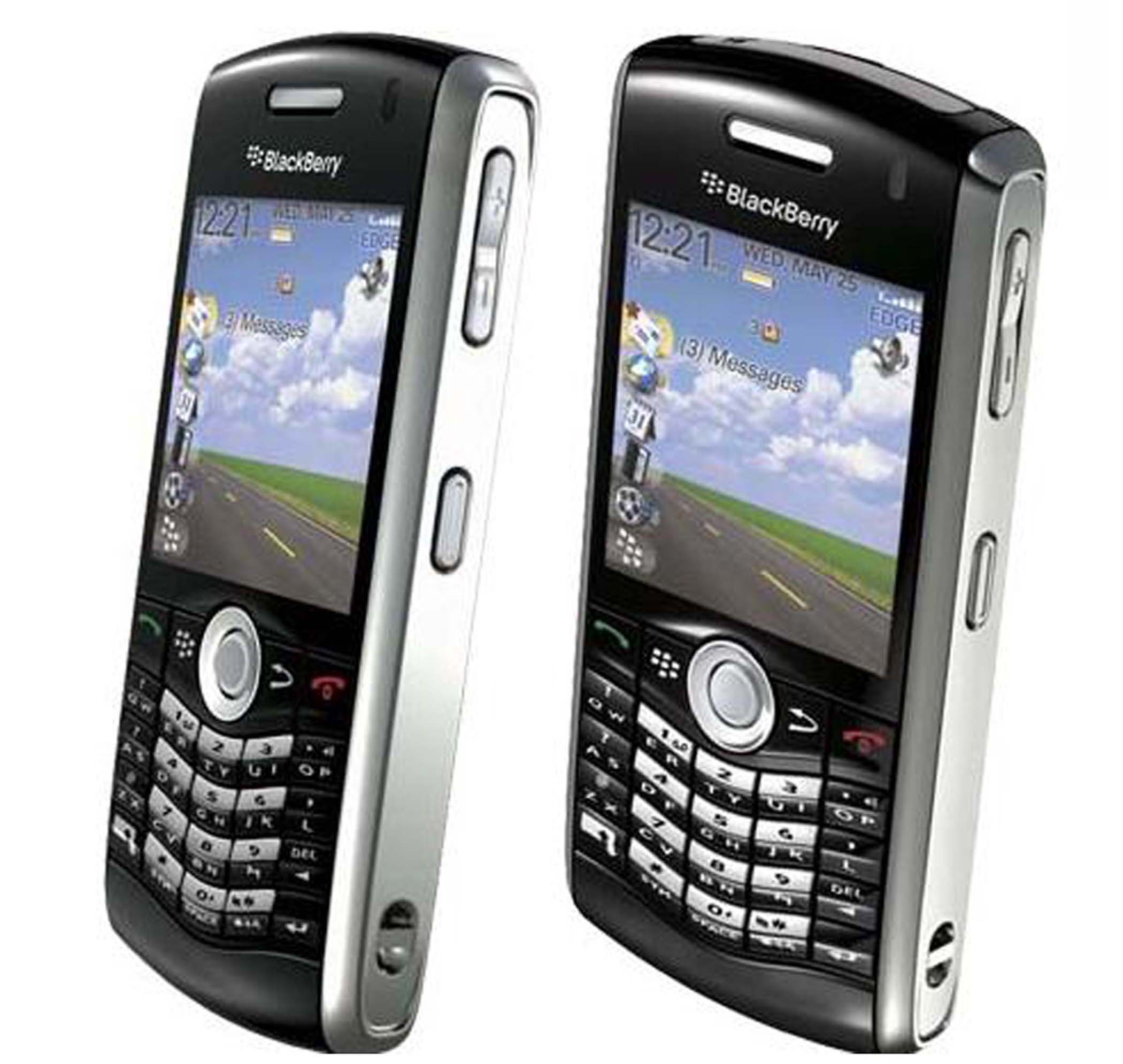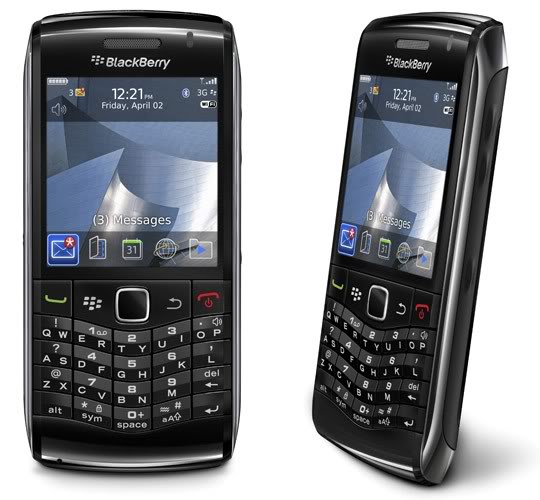
Though Nokia caught some criticism for the elimination of Wi-Fi and the lack of 3G, the E62’s robust messaging and Web-surfing applications overshadowed the missing features. The most notable modifications are the lack of Wi-Fi support and the fact that the phone is not a 3G device-two features that helped propel the E61 to popularity in Europe. However, the E62’s guts are significantly different.
#BLACKBERRY PEARL FULL#
Both have a large, full qwerty keyboard, thin profile and impressive messaging features. The E62 is practically identical in appearance to its E61 sibling they’re both large, thin slabs of matte silver metal, with the same form factor. In September 2006, Nokia released the Cingular E62, an evolution of the E61 specifically tailored for the American market. But is it a suitable business phone for IT executives? Yes-with some caveats. With a large, full qwerty keyboard, thin profile and impressive messaging features, the Nokia E62 has quickly become a smartphone-fan favorite. | On to the reviews: Nokia E62 (Cingular) > Doing so can help CIOs understand what a corporate deployment would mean for users and IT departments, and also highlights what it takes to support a phone that users might purchase themselves and request that you link to the company network. We intentionally selected devices with varying levels of business and consumer-oriented features.


In other words, we bring to you both a technical overview and a real-world exploration of what the features mean in a business environment. In the following pages, we provide an in-depth look at four of the hottest smartphones available today-Research In Motion’s BlackBerry Pearl 8100, Nokia’s E62, Palm’s Treo 750, and T-Mobile’s Dash-through the eyes of four IT executives: Paul Roche, Network Services CIO Stephen Ramsey, principal with Brulant Hugh Scott, Direct Energy VP of IS and Stacey Morrison, an aerospace industry deputy CIO. These first two steps are on you, but we can help with the rest.

Second, assess your current IT architecture to identify the mail servers your organization uses (and the version thereof), as well as corporate mail clients, firewalls and other existing systems that may be affected by a smartphone deployment. Do your users need the functionality to view documents, and if so, which file formats must the phone support? Do users need to create and edit documents? Do they travel overseas? What level of security is necessary? Is it OK for your corporate smartphones to include digital cameras and expandable memory, which can introduce their own risks? Depending on the organization, specific features beyond phone calls and e-mail are a necessary part of business.įor instance, you need to determine if your users frequently compose and reply to messages, or if they employ the device more to monitor inboxes in case of an emergency.

CIOs and their staff depend on smartphones to stay connected in some cases, mobile devices keep their companies up and running. Most consumers need only basic phone and messaging functionality everything else is just frosting on the cake. There are important differences between selecting phones as a business handheld and choosing a consumer device. However, the real challenge for IT executives seeking smartphones for themselves or for their organizations is selecting a device that fits their telecom needs with as few tweaks to the company’s IT architectures as possible-and therefore as little time and money expended. | Sign up for CIO newsletters.Īny number of today’s smart devices can satisfy the basic needs of the average business user, and plenty of websites can give you consumer-conscious reviews. Beware the 9 warning signs of bad IT architecture and see why these 10 old-school IT principles still rule.


 0 kommentar(er)
0 kommentar(er)
